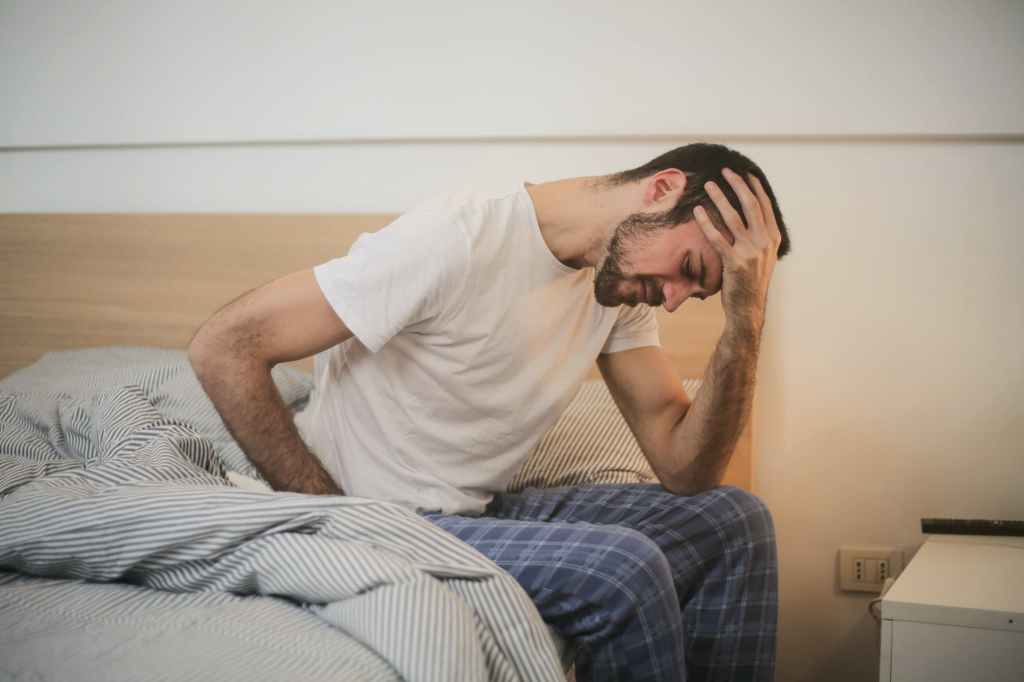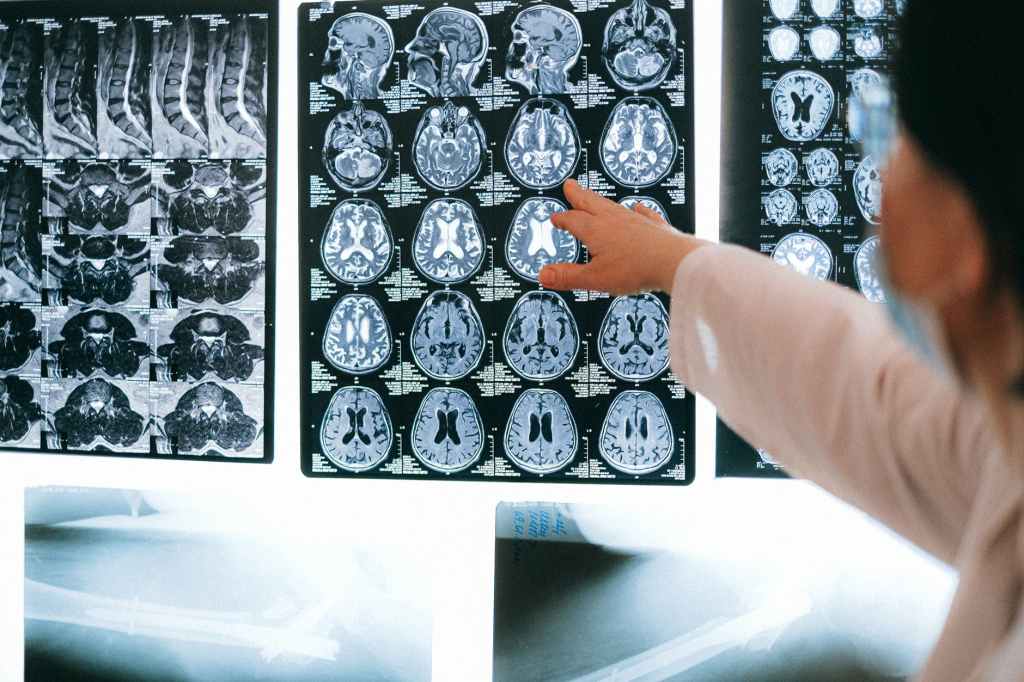
Today sitting in front of my laptop writing to you, I can think of only one thing, sleep. It’s been on my mind for the mere reason that over the last few weeks I’ve had bouts of insomnia. When people say things like “We don’t truly appreciate what we have until it’s gone”, for insomnia, you can really take a moment to acknowledge how accurate this is. Every day we sleep, as we should. If this does not apply to you, I’m compelling you to reconsider your life habits. Since sleeping happens on a regular basis, we tend to disregard giving it the particular attention it deserves. For as far as I can remember, I’ve always loved sleeping, and thus I’ve continuously pursued a good night’s sleep of at least 8 hours. However, generally, I need well over 8 hours of sleep to be completely refreshed. Personal factors are at play and it’s important to consider individual differences. We have to be open to listen and adapt to what our bodies are trying to tell us.
What happens during sleep is a question that many scientists have dedicated most of their lives trying to answer. For the longest time, research was fruitless. Scientists had barely any clues as to its function, but everyone had at least a hypothesis as to its purpose. Researchers, despite their visible lack of results on the nature of sleep, knew that it was at the very least essential for our survival. We didn’t have to stretch our thinking to its limit to accept this. Simply looking at data, people who tended to neglect their sleep, aged faster than those who pursued a good night’s sleep on a regular basis. Also, you may already be aware that being completely sleep deprived for more than a couple of days may lead to the development of psychological disturbances like paranoia and hallucinations. In comparison, good sleepers may seem to benefit from more resilient metabolisms which provides a lower risk for obesity, cardiovascular diseases, anxiety, depression and much more.
Knowing about its importance is still not sufficient to have everyone adjusting their sleeping habits. Many of us have reasons supporting our systematic neglect against fulfilling the required amount of shut-eye hours. Those reasons could range anywhere from having young children to the affliction of sleeping disorders. As such, at different moments in our lives, we may notice our sleeping habits beginning to change. In fact, the changes that we undergo are not always conscious. As a baby, for example, we have to sleep for a hefty total of 18 hours. Luckily for us, it doesn’t remain as such for too long, otherwise, we wouldn’t be able to get anything done. Gradually as we age, the sleeping requirements decrease and come to a plateau at 18, to an acceptable 7-9 hours of sleep. It only seems to slightly fall again after 65 years old at a requirement of 7-8hours.

Even though we robustly half the amount of sleep needed by the time we reach adulthood, many people won’t follow the guidelines and will find themselves sleep-deprived. One issue could be that we typically find that sleep is a waste of time and that it is solely meant to make us feel rested. However, researchers have been able to come up with theories supporting other importance of sleep. Amongst many theories, four of them seem to stand out: inactivity theory, energy conservation theory, restorative theories and brain plasticity theory. For the moment, none of them are proven to be the unique explanation for the role of sleep. Moreover, researchers are currently agreeing that the answer is more likely to involve many of these theories and not only one.

Considering sleep as a survival mechanism, we can easily do a parallel with other survival mechanisms. Anxiety is there as a warning sign to alert us and enable the use of flight or fight when danger is detected. In most situations, we tend to use flight, in other words, we prefer avoidance. If we are able to fight, then the situation is of no corporeal danger. This reasoning supports the implication that anxiety serves to avoid danger. The same reasoning can also be transposed to pain; pain serves to avoid physical harm. Hunger, another survival mechanism, serves to avoid the lack of nutrients. Similarly, all survival mechanisms can be reduced to such basic instruction: to avoid. This is exactly what the theory of inactivity used to justify the need for sleep. The theory states that through many generations, we developed sleep to keep us out of harm’s-way during our most vulnerable time, at least that’s the essence behind this theory. However, some might say that being totally unconscious would render us more vulnerable, not less.

Despite having objections to this theory, there still exists some advantages to being almost completely still. By limiting movement, thinking, and perception, you are significantly reducing your individual energy demand and expenditure. In fact, compared to our awakened state, we consume 10% less energy than when asleep. This has led to the energy conservation theory, which some consider a branch of the inactivity theory, and in some cases, the same. However, the explanation is different. Energy conservation means that we need fewer nutrients to survive, which is an essential advantage when living in a world where access to food is limited. It did not only prolong our supply but allowed us to share the supply with more people. However, nowadays we live in a world where food supplies seem endless, and simultaneously people are sleeping less. Meanwhile, researchers are coming to terms with accepting that sleep deprivation, as well as overeating, are both factors contributing to the development of obesity.
Major and noticeable consequences of sleep deprivation are diminished mental acuity, memory and learning capacity. These consequences lead us to ponder over the significance of such findings. One interpretation supports the idea that sleep has restorative functions, conveniently called restorative theories. Interestingly, while looking closely at different restorative mechanisms such as muscle growth, protein synthesis, growth hormone release and tissue repair, we can observe that these seem to happen mostly, and sometimes uniquely, at night. Like adenosine, which accumulates progressively in the body directly following awakening, which seems to promote sleep after a certain concentration has been reached. Every night, an adenosine clean-up is known to take place, restoring the initial level observed in the morning.
At last, in the last few years, a new theory has been emerging: the brain plasticity theory. This theory seems to hit the nail on the head when trying to explain the influence of sleep on human cognition. Brain plasticity is known to be responsible for brain structural and organizational changes. Intriguingly, brain plasticity seems to be halted, or at least slowed, when sleep duration becomes insufficient. Lower brain plasticity is linked to reduced memory and learning.

Sleep is such an important tool that we must come to respect in order to remain healthy, and for a longer period. In sum, it helps us fight off our daily stress, supports our immune system, promotes better cognition and stabilizes our mood. To significantly ameliorate your sleep, we don’t need to sacrifice anything more than a round or two of your favourite game.
I thank you infinitely for reading this post and if you would like to know more about the mysteries that surround us, please join my subscription list to keep up with my newest content. If you have any questions, please add them to the comment section and I’ll make sure to answer as soon as humanly possible. ![]()









